Managing Urban Forests: Innovative Climate Change Approaches
- August 20, 2024
- 0 comment
Urban forests are increasingly recognized as vital components of sustainable cities, especially as the impacts of climate change become more pronounced. Innovative approaches to managing these green spaces are essential to ensure they continue to provide ecological, social, and economic benefits. One such approach involves integrating advanced technologies, such as remote sensing and geographic information systems (GIS), to monitor tree health, growth patterns, and environmental changes in real-time. These tools enable urban foresters to make data-driven decisions, optimizing the management of diverse tree species that can better withstand changing climate conditions.
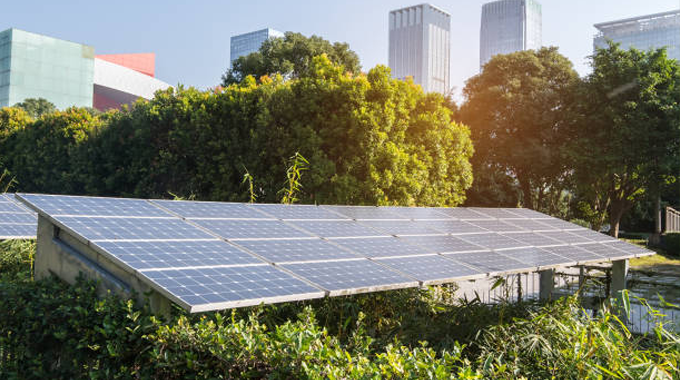
Additionally, adopting climate-resilient tree species and diversifying the urban canopy are critical strategies to enhance the resilience of urban forests. These species are selected not only for their ability to thrive in warmer, more variable climates but also for their capacity to support local biodiversity. Community engagement and education also play a pivotal role in these efforts, fostering a sense of stewardship and encouraging public participation in tree planting and maintenance initiatives. By combining technological innovation, strategic planning, and community involvement, cities can develop robust urban forests that not only adapt to but also mitigate the effects of climate change.
Table of Content
- The Role of Technology in Urban Forest Management
- Climate-Resilient Tree Species and Urban Canopy Diversification
- Innovative Planting and Maintenance Techniques
- Community Engagement and Education
- Policy and Planning Innovations
- Challenges and Future Directions
- FAQs
The Role of Technology in Urban Forest Management
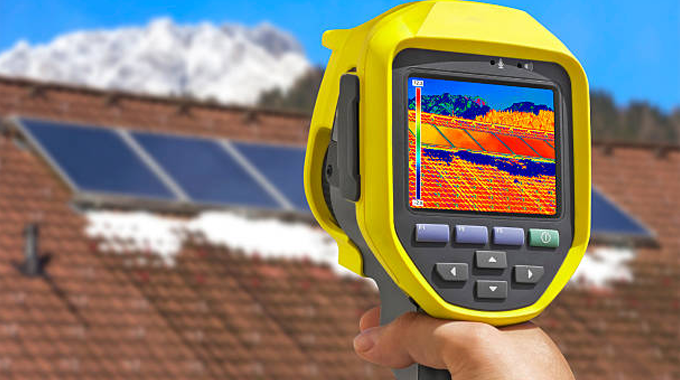
Remote Sensing and GIS Tools
Urban forests are facing unprecedented challenges due to climate change, necessitating innovative approaches to ensure their survival and continued contribution to urban life. One of the most powerful tools in modern urban forest management is the integration of technology, particularly remote sensing and Geographic Information Systems (GIS). These tools are revolutionizing how we monitor and manage urban forests, offering a bird’s-eye view of tree health, growth patterns, and environmental changes. Remote sensing allows for the continuous monitoring of tree canopies, enabling urban foresters to detect early signs of stress, disease, or pest infestations. By combining this data with GIS, professionals can map and analyze the spatial distribution of tree health across a city, making it easier to prioritize areas for intervention. The real-time data collection provided by these technologies enables informed decision-making, allowing urban forest managers to respond swiftly to emerging threats and optimize their efforts in maintaining healthy and resilient urban forests.
Predictive Modeling and Climate Projections
In addition to monitoring, predictive modeling and climate projections are becoming essential tools for urban forest management. These models use historical data and current climate trends to forecast the potential impacts of climate change on urban forests. By understanding how rising temperatures, changing precipitation patterns, and increased frequency of extreme weather events could affect urban trees, managers can plan for future conditions with greater accuracy. Predictive modeling helps in selecting tree species that are likely to thrive under future climate scenarios and in identifying areas of the city that may become more vulnerable to environmental stressors. This forward-thinking approach allows for the development of proactive strategies to safeguard urban forests against the long-term effects of climate change.
Climate-Resilient Tree Species and Urban Canopy Diversification
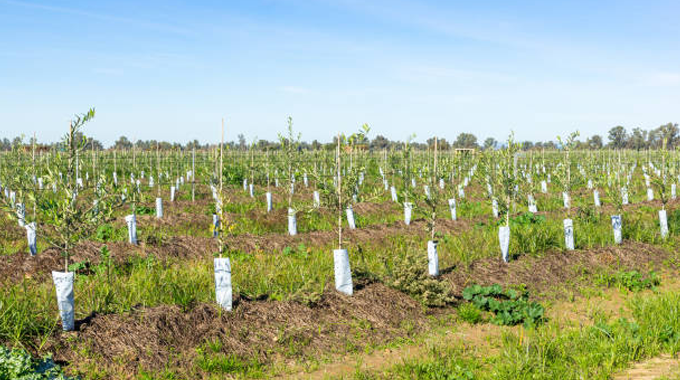
Selecting Climate-Resilient Species
As climate change continues to alter the environmental conditions within cities, selecting tree species that are resilient to these changes is critical for the sustainability of urban forests. Climate-resilient species are those that can withstand the stresses associated with increased heat, drought, and extreme weather events. Criteria for choosing these species include their ability to tolerate high temperatures, adaptability to varying soil conditions, and resistance to pests and diseases that may become more prevalent in a warmer climate. In many cities, arborists are already implementing these criteria by planting a mix of native and non-native species that are better suited to future climates. Case studies from cities like Los Angeles and Phoenix have shown the success of such initiatives, where the introduction of drought-tolerant species has led to healthier urban forests that require less water and maintenance, even during prolonged periods of drought.
Promoting Biodiversity
Another crucial aspect of climate resilience in urban forests is promoting biodiversity within the urban canopy. A diverse mix of tree species not only enhances the aesthetic value of urban spaces but also provides a buffer against the spread of pests and diseases. In a biodiverse urban forest, if one species is affected by a disease or a climate-related event, the impact on the overall forest is minimized. Strategies to achieve and maintain diversity include planting a wide variety of tree species, avoiding monocultures, and encouraging the growth of understory vegetation that supports wildlife. By fostering biodiversity, cities can create more resilient urban ecosystems that are better equipped to adapt to the challenges posed by climate change.
Innovative Planting and Maintenance Techniques
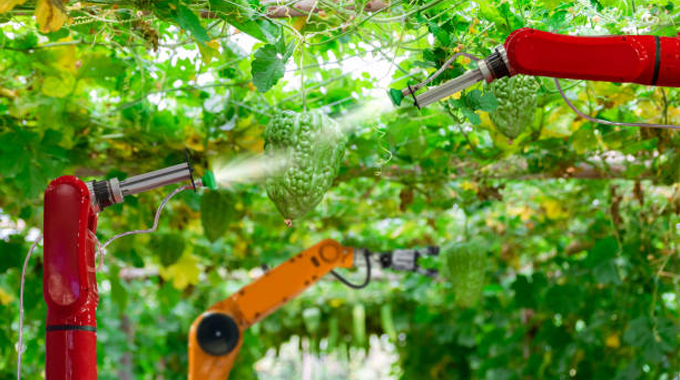
Water-Sensitive Urban Design (WSUD)
As water resources become increasingly scarce due to climate change, urban forest management must incorporate water-sensitive urban design (WSUD) principles. WSUD involves integrating green infrastructure, such as rain gardens, permeable pavements, and green roofs, to support urban forests while managing stormwater more effectively. These techniques not only reduce the demand for irrigation but also help to mitigate the urban heat island effect by increasing the amount of greenery in cities. Water conservation and management are critical components of WSUD, with practices like mulching, the use of drought-tolerant species, and efficient irrigation systems playing a vital role in sustaining urban forests during dry periods.
Adaptive Management Practices
Urban forest management must also be flexible and adaptive in response to the unpredictable nature of climate change. Adaptive management practices involve regularly adjusting maintenance schedules and techniques based on the latest climate data and projections. For example, watering schedules may need to be altered during periods of drought, or tree pruning practices might be modified to enhance the resilience of trees to windstorms. By incorporating climate change projections into routine care, urban forest managers can ensure that trees receive the appropriate care at the right time, increasing their chances of survival in a changing climate.
Community Engagement and Education
Fostering Public Participation
The success of urban forest management in the face of climate change depends not only on the efforts of professionals but also on the active participation of the community. Engaging residents in tree planting and maintenance initiatives is essential for building a sense of ownership and stewardship. Community-led projects, such as neighborhood tree planting days or citizen science programs, empower individuals to contribute to the health and sustainability of their local urban forest. By fostering public participation, cities can create a network of engaged citizens who are invested in the long-term success of urban forestry efforts.
Educational Programs and Awareness Campaigns
In addition to hands-on involvement, educating the public about the importance of urban forests in climate adaptation is crucial. Educational programs and awareness campaigns can raise awareness about the benefits of urban trees, such as their role in reducing heat, improving air quality, and enhancing mental well-being. Training programs for local volunteers and professionals can also help to build a knowledgeable workforce capable of implementing and supporting innovative urban forest management practices. Through education and awareness, communities can become more resilient and better equipped to tackle the challenges posed by climate change.
Policy and Planning Innovations
Integrating Urban Forestry into Climate Action Plans
To ensure the sustainability of urban forests, cities must integrate urban forestry into their broader climate action plans. This integration involves recognizing the role of urban trees in mitigating climate change and incorporating tree planting and maintenance into strategies for reducing greenhouse gas emissions, managing stormwater, and enhancing urban resilience. Many cities, such as New York and Melbourne, have successfully incorporated urban forestry into their climate strategies, setting ambitious targets for tree canopy coverage and implementing policies that support these goals.
Incentivizing Green Infrastructure Development
Policies that incentivize the expansion and maintenance of urban forests are also critical for their long-term sustainability. Public-private partnerships can play a significant role in this effort, with governments working alongside businesses and community organizations to develop and maintain green infrastructure. Incentives such as tax breaks, grants, or recognition programs can encourage property owners to plant and care for trees on their land, contributing to the overall health and resilience of the urban forest. By creating a supportive policy environment, cities can ensure that urban forests continue to thrive despite the challenges posed by climate change.
Challenges and Future Directions
Addressing Funding and Resource Limitations
One of the primary challenges facing urban forest management is securing adequate funding and resources to support long-term initiatives. As cities grow and resources become more constrained, finding sustainable funding mechanisms is essential. This may involve exploring new models of public-private partnerships, leveraging community resources, or advocating for increased government investment in urban forestry. Overcoming these limitations is critical to ensuring that urban forests remain a priority in the face of competing demands.
Preparing for Future Climate Uncertainties
Finally, preparing for the uncertainties of future climate conditions is an ongoing challenge that requires continuous research and adaptation. Urban forest managers must stay informed about the latest climate science and be prepared to adjust their strategies as new information becomes available. This includes being flexible in tree species selection, planting locations, and maintenance practices. By remaining adaptable and forward-thinking, urban forest management can continue to evolve in response to the unpredictable nature of climate change, ensuring the health and resilience of urban forests for generations to come.
Frequently Asked Questions (FAQs)
1. What are urban forests, and why are they important?
Urban forests refer to the collection of trees, shrubs, and other vegetation in urban areas. They are important because they provide numerous benefits, including improving air quality, reducing urban heat, enhancing biodiversity, managing stormwater, and contributing to the overall well-being of urban residents.
2. How is climate change affecting urban forests?
Climate change is impacting urban forests by altering temperature and precipitation patterns, increasing the frequency of extreme weather events, and contributing to the spread of pests and diseases. These changes can stress urban trees, making them more vulnerable to damage and reducing their ability to thrive.
3. What innovative approaches are being used to manage urban forests in the face of climate change?
Innovative approaches include using advanced technologies like remote sensing and GIS for monitoring tree health, implementing predictive modeling to plan for future climate conditions, selecting climate-resilient tree species, promoting urban canopy diversification, and adopting water-sensitive urban design (WSUD) practices.
4. How can technology help in managing urban forests?
Technology, such as remote sensing and GIS, helps in monitoring tree health, growth patterns, and environmental changes in real-time. This data-driven approach enables urban foresters to make informed decisions, optimize management practices, and respond quickly to emerging threats like pests or diseases.
5. What are climate-resilient tree species, and why are they important?
Climate-resilient tree species are those that can withstand the stresses associated with climate change, such as higher temperatures, drought, and extreme weather events. Planting these species is important for ensuring that urban forests can continue to thrive in changing environmental conditions.
6. How can urban forests be made more resilient to climate change?
Resilience can be enhanced by diversifying the urban canopy with a variety of tree species, integrating green infrastructure through WSUD practices, adjusting maintenance practices based on climate data, and involving the community in tree planting and care initiatives.
7. What role does community engagement play in urban forest management?
Community engagement is vital for the success of urban forest management. By involving residents in tree planting, maintenance, and educational programs, cities can foster a sense of stewardship, increase public awareness, and ensure that urban forests are well cared for and supported.
8. What policies are supporting the management of urban forests in the face of climate change?
Cities are integrating urban forestry into broader climate action plans and developing policies that incentivize green infrastructure development. These policies may include public-private partnerships, tax incentives, and grants that encourage the expansion and maintenance of urban forests.
9. Can you provide examples of cities that have successfully managed their urban forests in response to climate change?
Cities like Toronto and Singapore have implemented successful urban forest management strategies that include strategic planting, community involvement, and policy support. These examples offer valuable lessons for other cities looking to enhance their urban forests’ resilience to climate change.
10. What challenges do urban forest managers face in addressing climate change?
Challenges include securing adequate funding and resources, addressing the uncertainties of future climate conditions, and balancing the competing demands of urban development and green space preservation. Overcoming these challenges requires innovative approaches, ongoing research, and adaptive management practices.

Gilbert Griffin
Forestry AuthorGilbert Griffin is a forest management expert specializing in sustainable practices, forest health, conservation, and land management. With extensive knowledge in pest control, disease management, and habitat restoration, Gilbert develops strategies to preserve forest ecosystems and biodiversity. Passionate about the natural world, Gilbert adapts to changes in forest management and stays updated through continuous learning. Gilbert also provides seasonal advice to optimize forest care throughout the year.


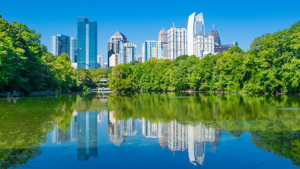
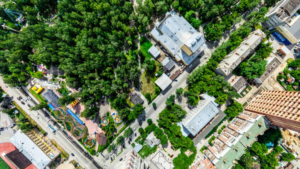
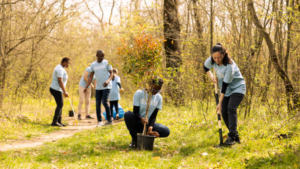
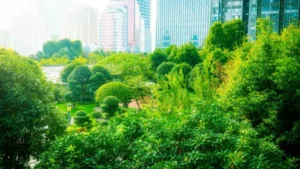
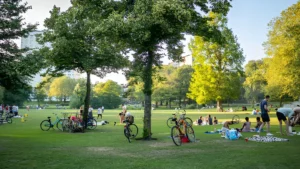
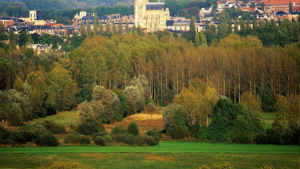
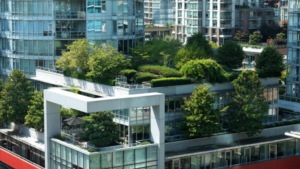
Leave your comment